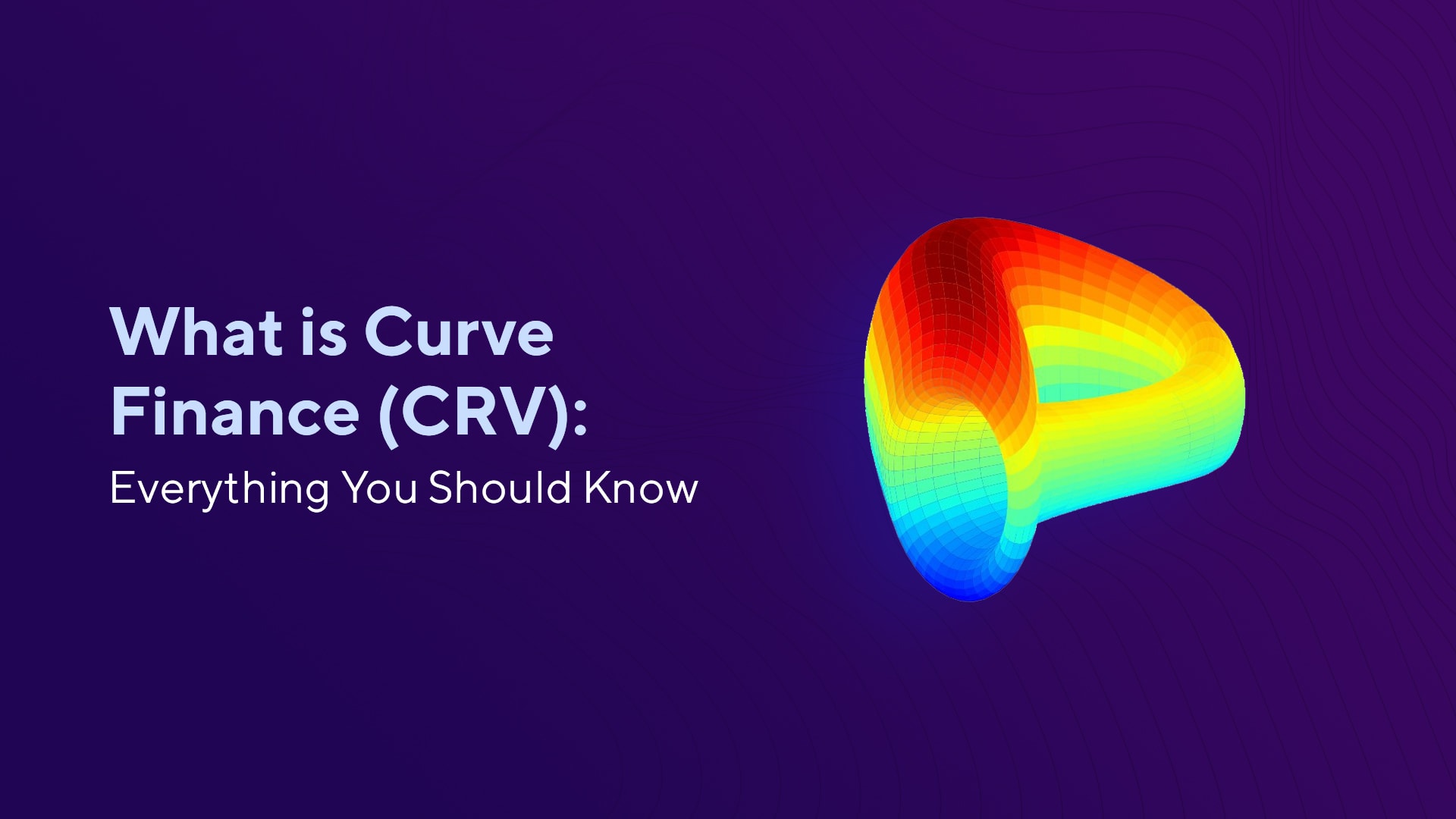The landscape of the cryptocurrency market has been significantly altered by automated market makers (AMM). Everyone has the ability to become a market maker and earn fees on a variety of different market pairings thanks to liquidity protocols such as Uniswap, Balancer, and PancakeSwap. Are decentralized markets like this able to significantly compete with centralized ones? Maybe. However, there is one industry in which they are already demonstrating a big potential, and that industry is the trade of stablecoins. Curve Finance is one of the most innovative companies in this sector.
Table of Contents
What exactly does “Curve Finance” mean?
Curve Finance, which can be found online at https://curve.fi, is an automated market maker system that was developed specifically for the purpose of switching between stablecoins at low costs and with minimal slippage. It’s a decentralized liquidity aggregator, which means that anybody may contribute their assets to numerous separate liquidity pools and earn fees doing so.
If you have read our article on AMMs, you are aware that these markets are operated using a price algorithm rather than an order book. Because of the way that the pricing algorithm works on Curve, it may also be a highly beneficial tool for exchanging tokens that continue to be priced within a price range that is generally comparable to one another.
Because of this, not only is it useful for exchanging stablecoins, but it’s also useful for exchanging several tokenized variants of the same coin. As a result, using Curve to exchange between other tokenized variants of Bitcoin, such as WBTC, renBTC, and sBTC, is one of the most effective methods to do so.
As of the time this article was written, there are seventeen Curve pools where users may trade between a wide variety of stablecoins and assets. These, of course, are subject to modifications at all times on account of the fluctuating requirements of the market and the nature of the DeFi environment. There are many different stablecoins available, but some of the most prominent ones are USDT, USDC, DAI, BUSD, TUSD, and sUSD.
Although there is no formal information on the Curve team, the majority of contributions to GitHub were made by Michael Egorov, who is the Chief Technology Officer of a firm named NuCypher, which specializes in computer and network security.
How does Curve Finance actually function?
As was previously explained, the pricing of assets is determined not by an order book but rather by a pricing formula. The methodology that Curve employs was developed with the express purpose of easing the process of swaps that take place within a broadly comparable range.
For instance, we are aware that 1 USDT ought to be equivalent to 1 USDC, which ought to be approximately equivalent to 1 BUSD, and so forth. On the other hand, if you want to convert one hundred million dollars worth of USDT to USDC and then convert that amount to BUSD, there is going to be some slippage. The formula for Curve is developed to prevent slippage of this kind to the greatest extent that it can.
Quick Links:
- How To Stop Spam Comments On Your WordPress Website
- How To Fix The Error By Establishing A Database Connection
Yield Aggregation with Regard to Curve Finance
Imagine Curve as a unique library, the kind where you can bring in and leave your own books for other people to read, and Curve as the place where these books will be read. To read your book, one must pay a tiny charge to the librarian, who will then give you that fee as a reward. However, anybody who wishes to read your book must comply with this requirement. Simple!
When you use Curve Finance, your cryptocurrencies are placed in a pool, and you immediately begin receiving a passive income without having to do anything else! The curve wasn’t always a widely-used cryptocurrency AMM; in fact, back in the day, it wasn’t even named Curve Finance to begin with! This is one of the things that makes the history of Curve such an intriguing topic.
When it was first established, Curve Finance operated under the name StableSwap. This is due to the fact that its focus was exclusively on decentralized stable coin swaps.
Conclusions:
This brings us to the conclusion of this study; the information presented here is an introduction to curve finance. It is my sincere goal that you have a much better understanding of what Curve is and, more importantly, how it operates, at the very least in a broad sense. What are your thoughts on the project, Curve Finance? Do you find it interesting? Or has it been overstated? Inform me about it!




